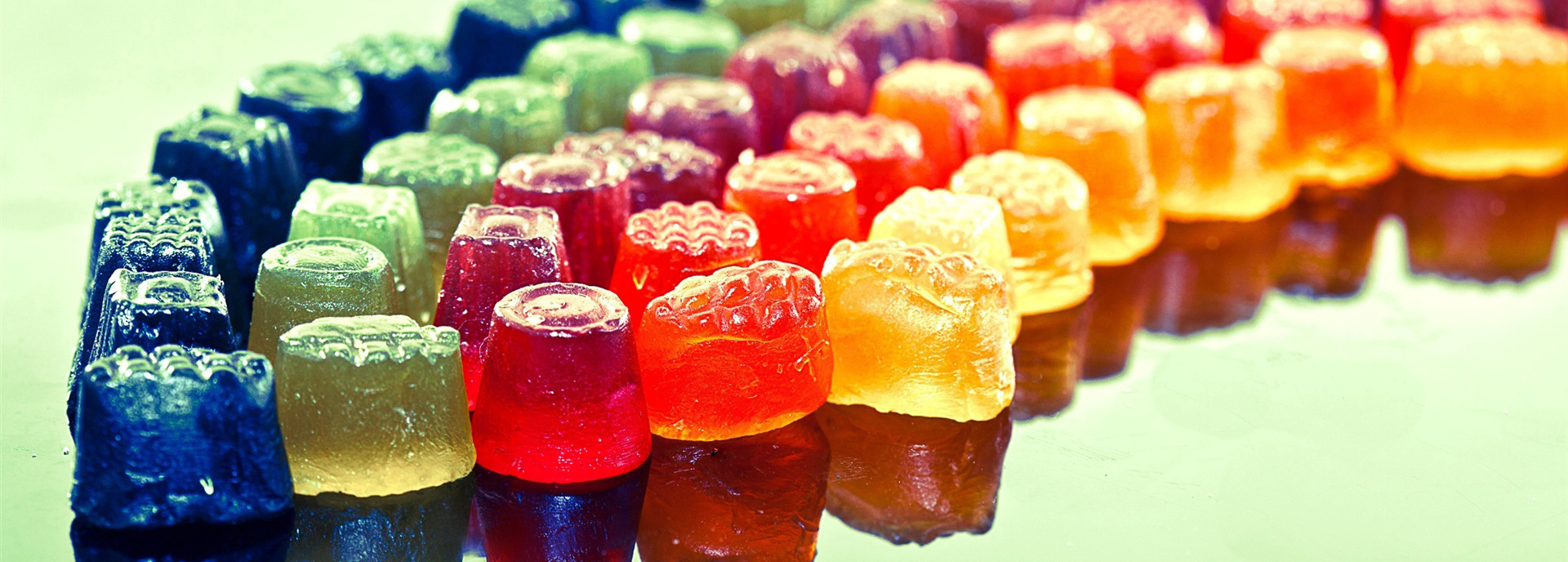Adding colours to food plays with both episodic as well as semantic memory.
Food colourants are additive dyes that impart various appealing hues to the food substance. Food colours can be natural or synthetic. Natural food colours are the ones that are produced naturally by extracting colours from organic veggies. The other class of colours falls as inorganic or synthetic colours which are produced chemically. The precursor compounds are modified through a wide range of chemical processes. The way in which our brain reflexes, we expect to acquire the taste of food as it appears. Neurologically we perceive that any black appearing food is either burnt or maybe bitter in taste, if any food has a tint of orange in it that means it is tangy, red food automatically appears to be spicy and there are many more perceptions of food we conjure. Synthetic colours are classified into Azo dyes, triarylmethane dyes and chemically related colours.
All the colourants or food dyes are authorised as food additives in the EU. EU is the packaging that approves the food additives and these are mostly written with the prefix of E. This authorisation is given by INS (International numbering system for food additives), an European based naming system for food additives. Azo dyes include tartrazine , amaranth, allura red AC et cetera. Triarylmethane dyes include patent blue, brilliant blue and green S and chemically related colours are like quinoline yellow, erythrosine, etc.
JECFA (Joint FAO/WHO expert committee on food additives) administered the globally accepted guidelines to evaluate the safety of these food additives.
Alliance Organics LLP manufactures food colour dyes that comply with these guidelines considering the dosage limit of food additives. Food colours vary and they are primary colours, blended food colours and lake colours. This segregation of colours is done based on their solubility.
Primary colours are water soluble so they get washed off easily. Citing a classic example, lollipops that ink the tongue of kids are dyed using water soluble colours.
The other class is Lake colours. Lake colours have oil coating over them so they don’t get washed off easily when encountered with water or moisture. Mostly the seasoned food consists of Lake colours.
This prevents the soiling of hands as the colour doesn’t get impregnated on the surfaces. The major consumption of Lake colours is done by the food industry, to be more specific the pet food industry. The Pet food industry has no confined dosage of consumption of food colours which ultimately makes the pet food manufacturers use tempting food tints which thereby leads to greater demands from the masses.
